Solids, Liquids, and Gases: Learning about the Phases of Matter
Next, we are starting with Liquids and did a fun experiment to see how Viscous different liquids are. First, we learned what viscous meant after discussing what the properties of liquids are. Viscousity is how sticky a liquid is, and the slower it flows, the more viscous it is! The faster a liquid flows, the more fluid it is.
We tested: shampoo, water, glue, and oil! First we made our predictions, then we put the liquid on a plate, and turned the plate upright to see how many seconds it took for the liquid to reach the bottom of the plate! We predicted that the order of liquids from the most fluid to the most viscous would be the following: water, oil, shampoo, glue. Then, we tested the liquids:
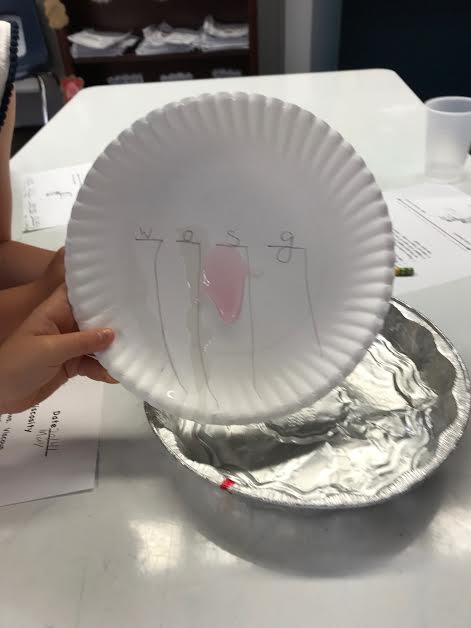
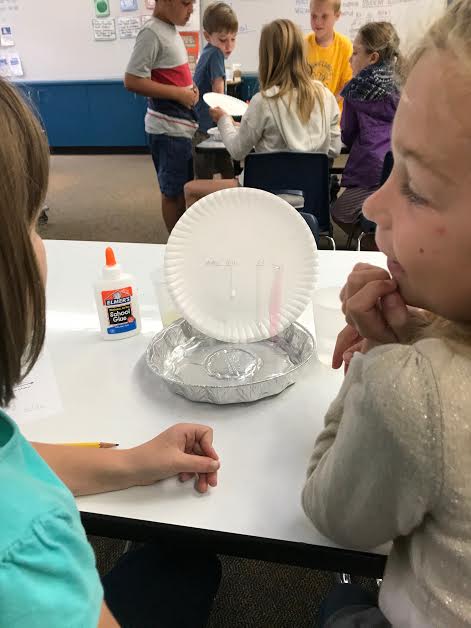
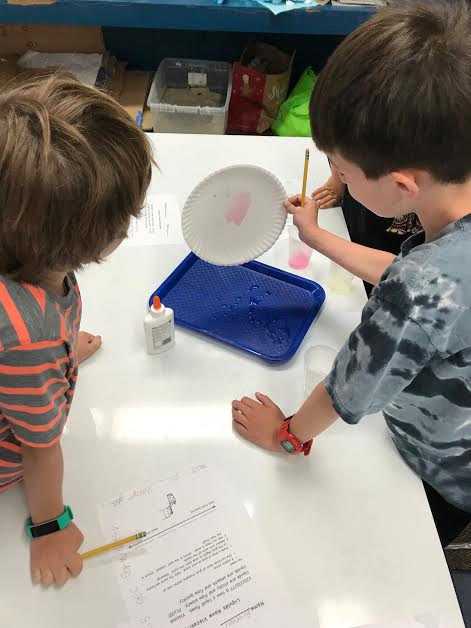
We realized that the order of liquids from the most fluid to the most viscous is: water, oil, glue, shampoo. We couldn't believe the shampoo was more viscous than the glue! This helped us see just how important it is to test, and that there is always something more to learn! We then also discussed that if we had a different type of shampoo, the results could be different as well. We love experimenting in the S.T.R.E.A.M. Lab!
Ms. Gillis
Check this blog out to learn about what is happening with 2nd Grade in the S.T.R.E.A.M. Lab throughout the year.
Can you create the STRONGEST bridge out of the materials?
After figuring out the design of our bridge with our partners, we got to building and creating the strongest bridge possible! Take a look at some of our amazing creations below:
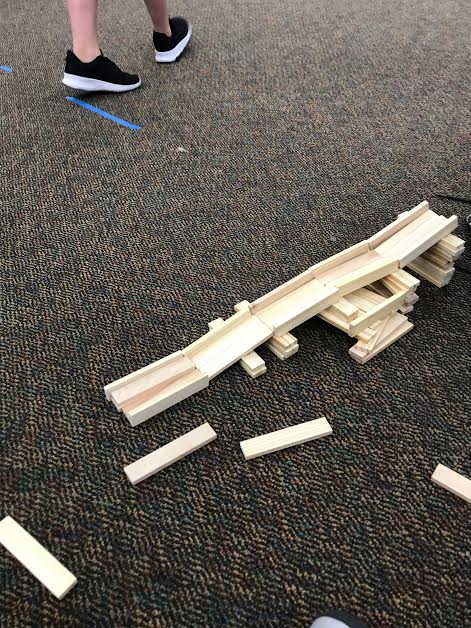

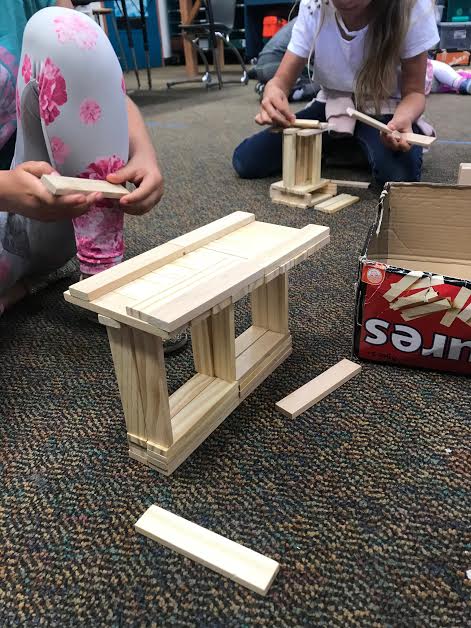
Ms. Gillis
Check this blog out to learn about what is happening with 2nd Grade in the S.T.R.E.A.M. Lab throughout the year.
Create a New Invention Using "Bouncy Glass"!
First, we discussed the properties Bouncy Glass might have. We decided the Bouncy Glass was probably somewhat flexible, had bouncy, is see through, and is strong so it will not break if tested. After discussing the properties we got to creating our Inventions! We came up with some very creative and inventive ideas. We are so imaginative! Take a look:

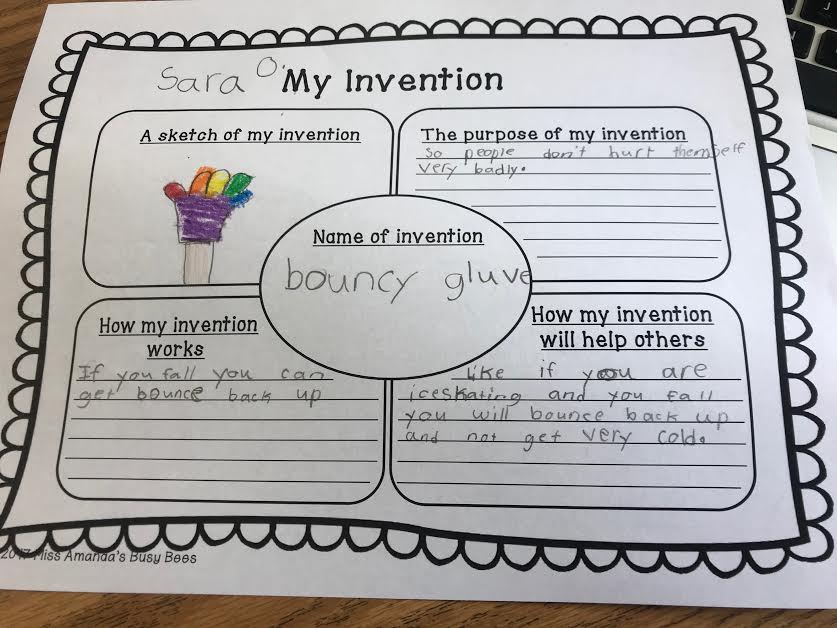
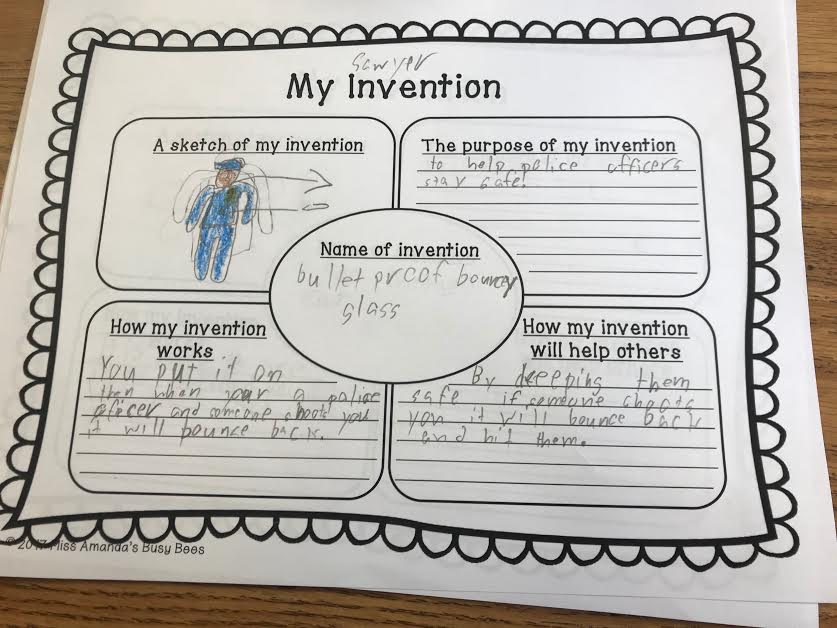

Ms. Gillis
Check this blog out to learn about what is happening with 2nd Grade in the S.T.R.E.A.M. Lab throughout the year.
Next Up: Testing Flexibility!
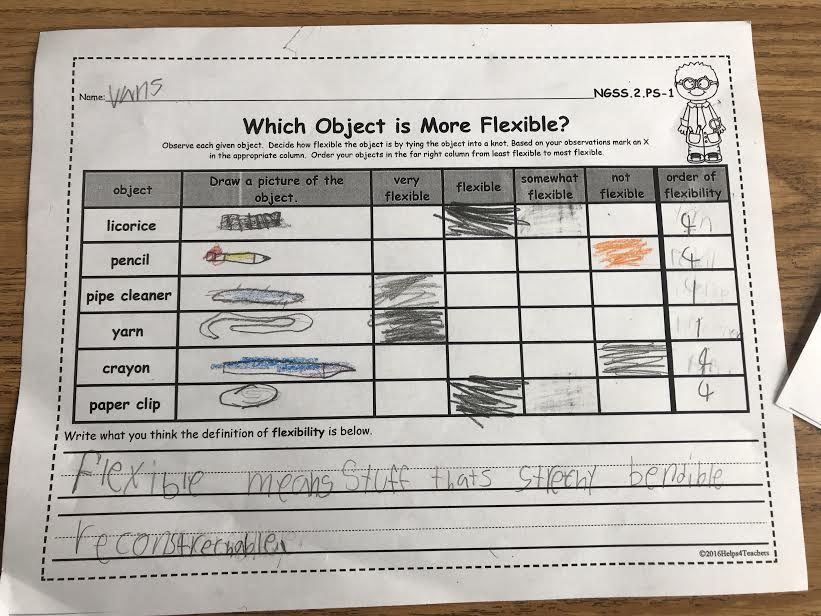
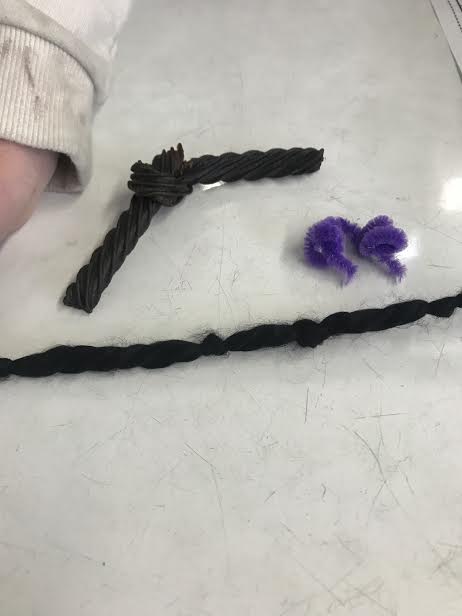
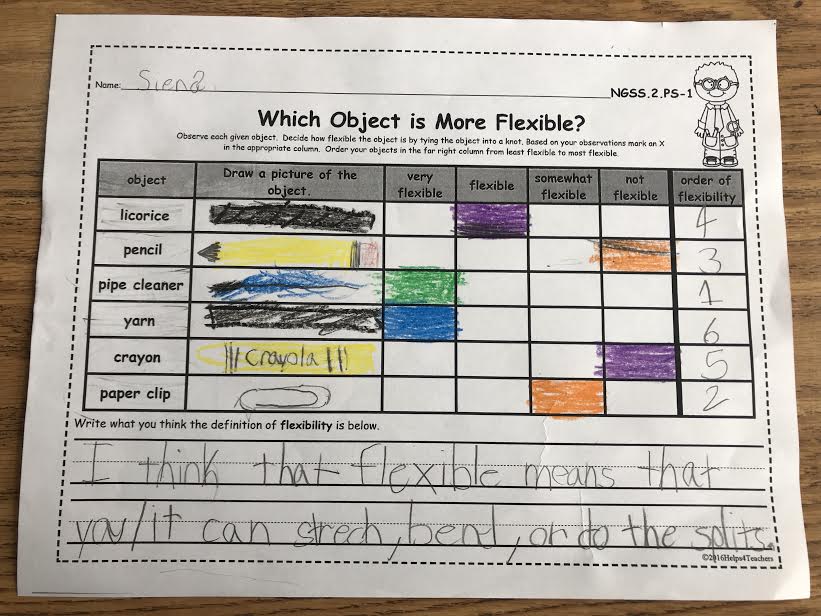
We decided in the end that BLANK was the most flexible and would be used when it comes to tying a knot or securing things together, like our shoes to our feet! Now that we have all this information about the properties of materials, we are going to put our Engineering caps and design an invention for a made up material: Bouncy Glass!
We can't wait to see what we come up with!
Ms. Gillis
Check this blog out to learn about what is happening with 2nd Grade in the S.T.R.E.A.M. Lab throughout the year.
Materials and their Properties
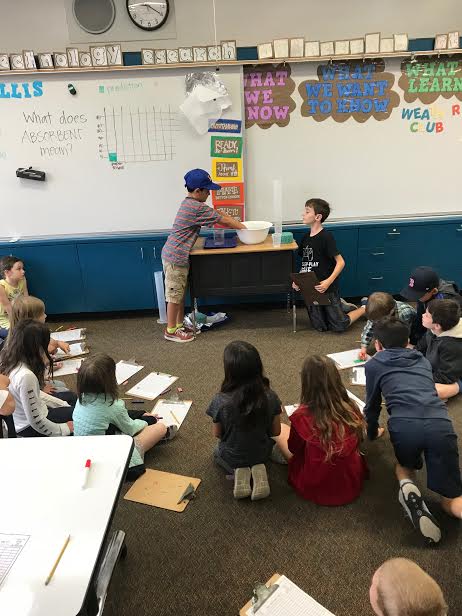


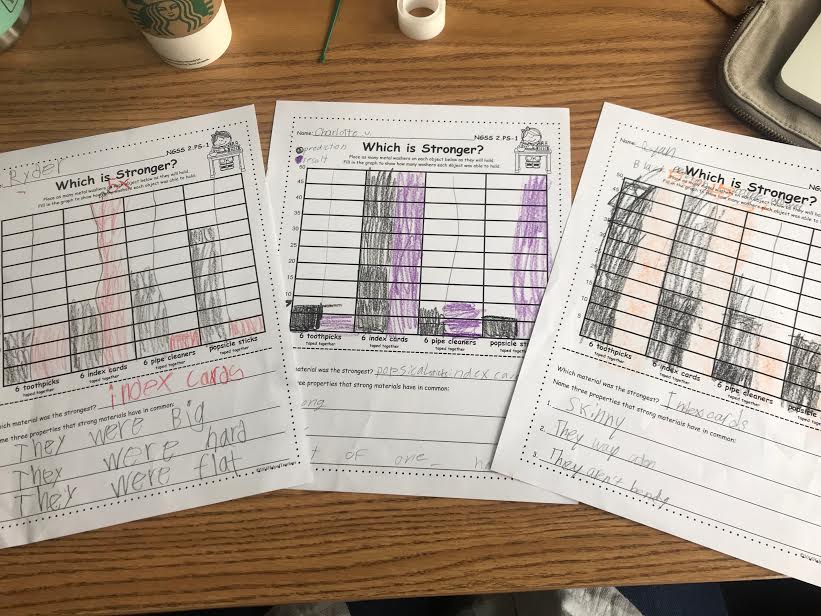
Keep Exploring,
Ms. Gillis
Check this blog out to learn about what is happening with 2nd Grade in the S.T.R.E.A.M. Lab throughout the year.
Jump back in to the S.T.R.E.A.M.!
Color
Texture
Size
Shape
Mass
and more!
We each got a random material and took our time to describe the object, included what material it is made of! Then, Ms. Gillis gave each table a bag with a material inside. Without looking, we used our sense of touch to feel the material and guess what it was using it's properties! Some were little statues from Ms. Gillis's desk, or a role of tape without the dispenser to be tricky.
Take a look:
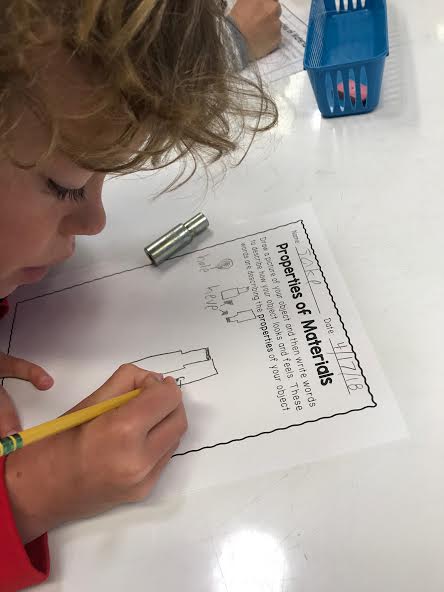
and
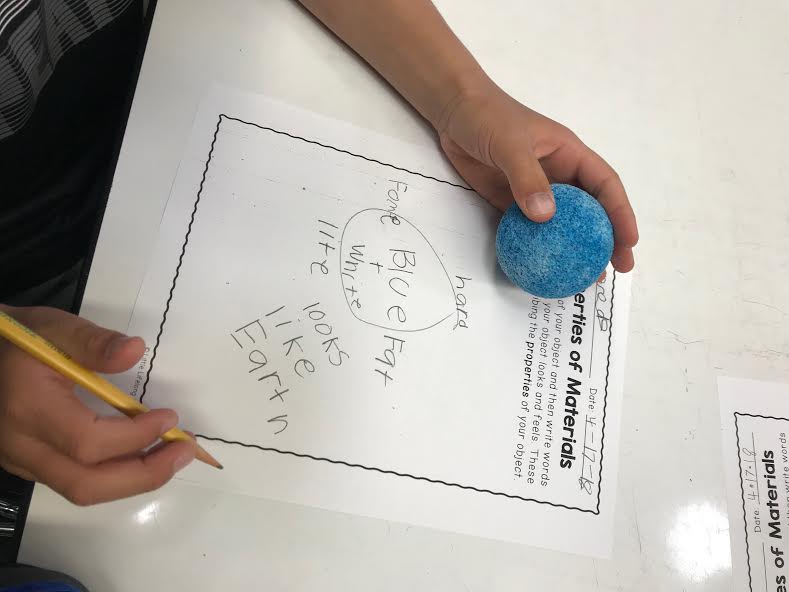
Keep Exploring,
Ms. Gillis
Check this blog out to learn about what is happening with 2nd Grade in the S.T.R.E.A.M. Lab throughout the year.
Have A Great Spring Break!
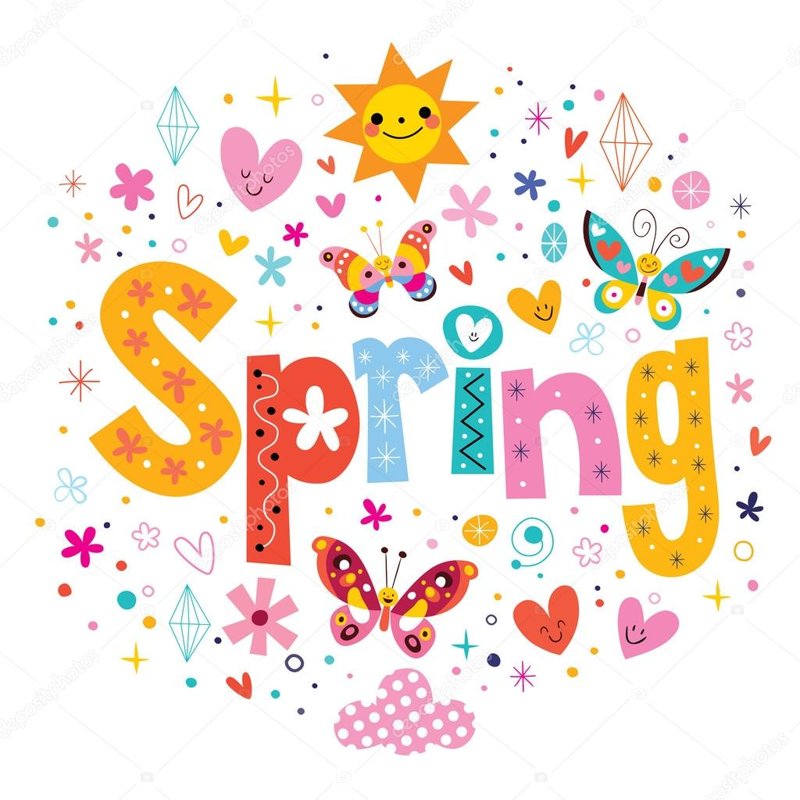
Stay Safe and Keep Exploring!
Ms. Gillis
Preventing a Landslide
This time, we are going to use Corn Meal to create our mountains instead of Sand. Why? Because the consistency of corn meal will be a little trickier when it comes to preventing the erosion from occurring on our mountains. Take a look:


We got to choose from materials such as: tooth picks, cotton balls, paper towels, and pieces of aluminum foil to prevent our land slides from happening when we make it "rain"! Some students put the aluminum foil or cotton balls right on top and it worked well, or the cotton balls fell right off when it started to rain, so students realized they needed something to help hold the cotton balls in place, etc.
So much fun!
Keep Exploring,
Ms. Gillis
Check this blog out to learn about what is happening with 2nd Grade in the S.T.R.E.A.M. Lab throughout the year.
Let's Make a Canyon! - Experiment Results



Next, we are going to learn more about how changes to the land can occur quickly or slowly, all thanks for erosion! How are we going to do that? By seeing the cause and effect of a quick change, land slides!
Keep Exploring,
Ms. Gillis
Check this blog out to learn about what is happening with 2nd Grade in the S.T.R.E.A.M. Lab throughout the year.
Let's Make a Canyon!
First, to get ready for this experiment, we explored how a canyon is created by looking at the Grand Canyon. At first, we had all different thoughts about what could create a canyon such as: earthquakes, lightening, water, or animals! To see if we were right, we had to explore a little deeper. We started by looking at the path created at the bottom of a canyon, and the first thing we noticed is that it has twists and turn, just like rivers! We also saw how when it rains and water accumulates (gathers) at the bottom of the canyon, it is moving and flowing, changing the landscape around it!
To see how much water can change the landscape, we decided to make our own mountains out of sand, and will test to see if we can create rivers, and canyons, by making it "rain" at the top of the mountain! We can't wait to see what happens next!
Keep Exploring,
Ms. Gillis
Check this blog out to learn about what is happening with 2nd Grade in the S.T.R.E.A.M. Lab throughout the year.
Erosion and Weathering All Around Us!
We got to focus on a particular beach in Central California that has purple sand! We explored and discussed all the possibilities of where the sand came from and had some great answers such as:
"From the ocean!"
"The cliff and rocks on the beach are purple on the outside".
"The sand turned purple because of something from the water or the sunlight changed the color".
and more amazing answers!
Then, when we found out that there were purple rocks found miles away on a mountain, we realized Rivers must have carried the rocks to the ocean! But how did they get so small? We learned that as the rocks are flowing in the river towards the ocean, it bumps and hits all different things along the way, breaking it up in to smaller and smaller pieces. We then got to practice our new found knowledge with a friendly competition in the S.T.R.E.A.M. Lab! Take a look:

We moved the rocks down the river, breaking it down as we moved from section to section so we could watch the small pile of paper rocks turn in to huge pile of paper sand!
Next up, we will explore and discover different types of Erosion, and how much water changes the landscape around us!
Keep Exploring,
Ms. Gillis
Check this blog out to learn about what is happening with Kindergarten in the S.T.R.E.A.M. Lab throughout the year.
River Flow Experiment!
What did we do?
With a partner, we created a mountain range by crumpling 2 sheets of blank paper. Then, we drew with a dark marker on the highest parts of the mountain range, (where the rivers may start on the mountain!). Last, we got to take our experiments outside and spray them with water to see what happens! We concluded that we should spray the water instead of pouring the water, because the spray is closer to what real precipitation and rain would be like falling on the mountains.After spraying 5 times, we looked to see what was happening on our mountain ranges before continuing to spray. We learned that it is important to watch the process, and not just spray for results! Look at what happened to our mountains!:

After we saw the ink from our markers start to form unique lines and paths, we realized this is how rivers form and flow down to the bottom! We loved seeing how if our mountain ranges were real, that these might be the rivers it creates! Getting to really explore what we are learning is so fun!
Keep Exploring,
Ms. Gillis
Check this blog out to learn about what is happening with 2nd Grade in the S.T.R.E.A.M. Lab throughout the year.
What is one way our Habitats are created? Let's take a look!
After really giving this question some thought, Ms. Gillis showed us a map of North America's rivers, with arrows pointing in the direct the river is flowing.
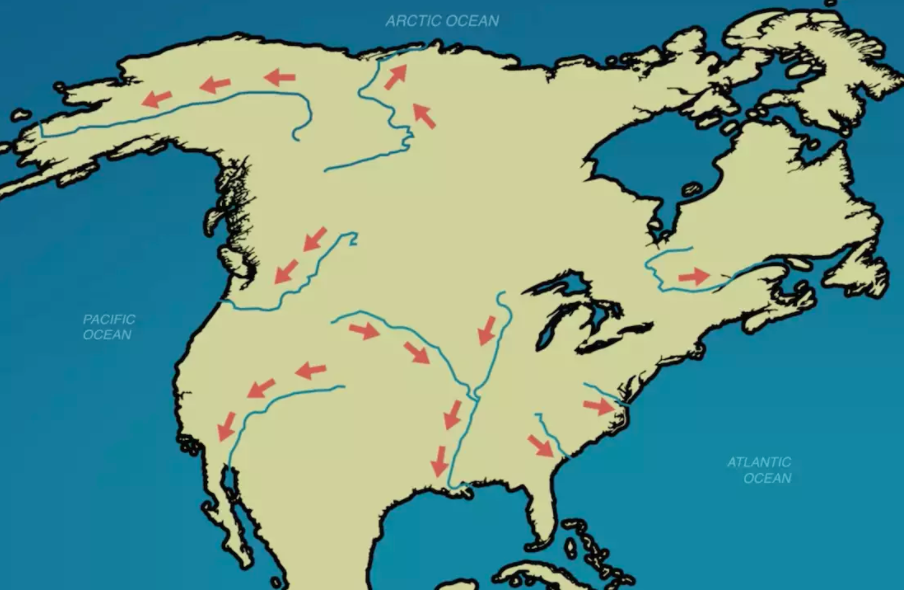
We began to notice a pattern that all rivers end in the ocean! If that is where all rivers end, then where do they start? Finding out where rivers start gave us some insight in to our question, "Why does a river flow?". When we learned that rivers start on mountains, we immediately began to think of new answers. We said amazing things like, "Maybe it is the snow melting on the mountains and rushing down to the bottom making it move," or "If it starts high up, it has to come down, so maybe gravity makes it move". We really are incredible thinkers and explorers!
Next, we will get to conduct an experiment to test our theories!
Keep Exploring,
Ms. Gillis
Check this blog out to learn about what is happening with Kindergarten in the S.T.R.E.A.M. Lab throughout the year.
Let's Go on a Habitat Hunt
Next, we will dive in to answering questions about each Habitat as we become researchers. Let's use the Ocean habitat for example. We will answer questions like: "Tell Two Interesting Facts About Oceans", "Describe what it's like there, including climate and weather", "List 5 animals that live there", "Where is it located?", "Draw a picture of something you might see there", and more!
Keep Exploring,
Ms. Gillis
Check this blog out to learn about what is happening with 2nd Grade in the S.T.R.E.A.M. Lab throughout the year.
Hurray for Habitats!
We will take a look at all 10 habitats in the world: Grasslands, Savannas, Wetlands, Deserts, Rainforests, Woodlands, Polar Regions, Mountains, Oceans, and Tundra!
We can't wait to start learning about what habitat we live in, and what habitat our favorite animal lives in!
Keep Exploring,
Ms. Gillis
Check this blog out to learn about what is happening with 2nd Grade in the S.T.R.E.A.M. Lab throughout the year.
What makes that Habitat Unique?

We are gathering all this new knowledge to help us with our next Research Project. Since our 2nd Graders already got to focus on an Animal and learn all about their habitat, we will get to turn it around and research a habitat and all the plants and animals we might find there!
Keep Exploring,
Ms. Gillis
Check this blog out to learn about what is happening with 2nd Grade in the S.T.R.E.A.M. Lab throughout the year.
Seed Dispersal with Wind, Sea, and Animals!
Seed Dispersal is the movement or transportation of seeds away from the Parent Plant.
What does that mean? Let's start by taking a closer look at all the ways seeds can travel: wind, sea, and animal! For example, coconuts are the seeds of Palm Trees, and as they drop they might get swept up by the ocean. Since coconuts can easily float, they will float till they are washed up on shore and will start to possibly grow where they land! Other seeds are built like gliders with pods surrounding them that help pick up the wind and help them ride the wind to get far away! Last, when animals eat seeds (by eating the fruit of a tree/plant, for example), they typically travel away and by the time they need to "do their business" they are dispersing the seed away from the parent plant! We are fascinated with learning about how nature has created so many ways to thrive and survive!
Next class we will get to create our own Spinner Seed Pod and Rotocopter Seed Pod and have a competition with who can get their seed to travel the farthest. This will help give us a fun activity in which we get to control how a Seed is Dispersed, and we can explore how to be the most effective in our Seed Dispersal!
Keep Exploring,
Ms. Gillis
Check this blog out to learn about what is happening with 2nd Grade in the S.T.R.E.A.M. Lab throughout the year.
Do Plants need Sunlight to Grow?
We found out that all a seed needs to sprout roots is water, but to survive, it needs sunlight too! We saw how a sprout kept in the dark will grow tall, trying to find the sunlight, and if it can't, it will not survive. A seed grown with sunlight, however, will thrive and survive! We also found out that is why some trees grow so big and tall, they are trying to get as much sunlight as possible! We also got to see how plants will grow more leaves with the more sunlight there is because the leaves help them collect the sunlight and turn it in to food!
Last, we got to conduct an experiment and make Grass Heads! This experiment allows us to practice how plants grow in the direction of the Sun and will search for the Sun through out the day! Now, we learn patience as we watch them grow!
Keep Exploring,
Ms. Gillis
Check this blog out to learn about what is happening with 2nd Grade in the S.T.R.E.A.M. Lab throughout the year.
Animals and Plants
Since it was also our turn to go in to the Maker's Space, we put on our Engineering hats and built real shelters we think animals would use to protect them and help them survive. We could build a nest like birds do, build a burrow underground like rabbits and gophers, or try to build a tree/cactus with a hole like an owl might live in!
Next stop, we are exploring if plants need sunlight to grow and to survive!
Keep Exploring,
Ms. Gillis
Check this blog out to learn about what is happening with 2nd Grade in the S.T.R.E.A.M. Lab throughout the year.
Snow, Tornadoes, O My!
Best part? We get to have a snowy winter this year, even if it is just inside the S.T.R.E.A.M. Lab!
Have a fun and safe Winter Break!
Keep Exploring,
Ms. Gillis
Check this blog out to learn about what is happening with 2nd Grade in the S.T.R.E.A.M. Lab throughout the year.